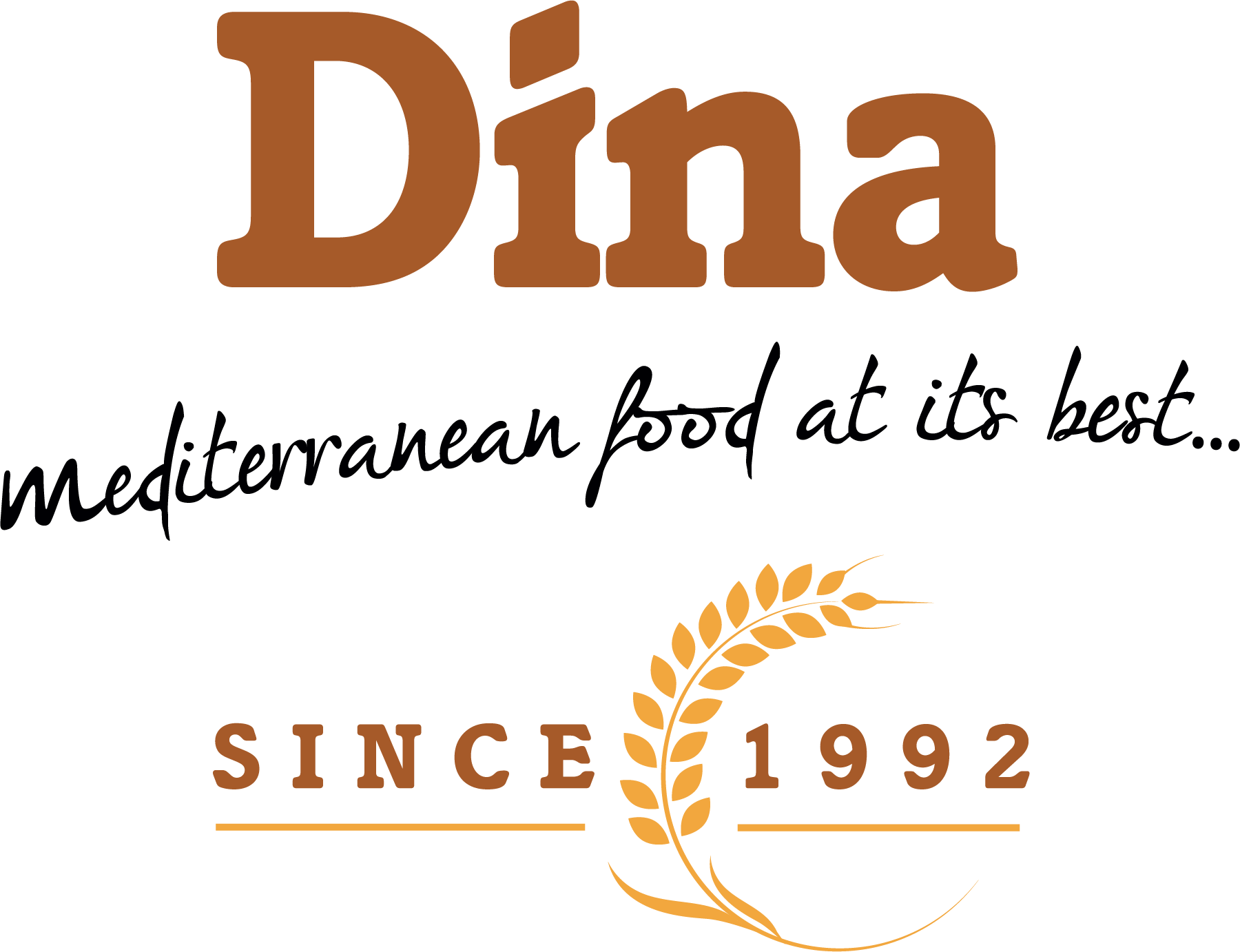
How can food brands reinforce trust?
This year’s Food Matters Live (held virtually) featured a session on the hot topic of transparency. Wilda Haddad, Assistant General Manager and Project Director, from Dina Foods joined Jesse, the CEO of Provenance (a consultancy and software platform) and Dorothy from Unilever to discuss how the food industry can build stronger relationships with consumers.

The discussion included insights on the value and authenticity consumers are looking for and how brands are crafting their narrative and storytelling to build consumer confidence. They also touched on how new technologies can heighten the brand experience and strengthen consumer engagement.
Transparency in 2020
As more and more consumers move to online shopping, transparency is taking centre stage. In the digital sphere, consumers can access more information and be subject to more influences. Today’s consumer wants to find out about different aspects of a food business, to see if the business values align with their own. They are looking for transparency in several key areas:
• supply chain and sourcing
• sustainability
• the health impact of the product.
A new type of consumer
In a recent Cap Gemini survey, 53% of consumers said they were switching to lesser-known food brands because of the work these businesses are doing around sustainability. These new consumers from Generation Z (born between 1997 to 2012) want brands to have a point of view, they want them to have a purpose and to live that purpose every day. Consumers no longer trust brands at their word – they need to see them living out their promises.
These new consumers are also looking for more natural, healthier products. At Dina Foods we have seen a big increase in demand for natural products. It’s not enough to be superior in taste and texture – people are looking for health and wellbeing benefits too.
Our company values are incredibly important to us. We’d rather take our time and get it right than compromise on integrity and lower the quality of our products.
Transparency in the supply chain
A recent report from the Food Industry Association stated there has been a 20% increase in consumers that believe it’s extremely important that the whole supply chain is transparent.
Where food is sourced is becoming more important to consumers and people are looking for products that have less impact on the environment.
This is the same with Dina Foods’ customers who are looking for more information on our food products. They want to know where we source ingredients, where we make the products, and they are looking for products that are sustainably sourced.
To keep up with consumers’ demands for information on food sources and a move towards farm to fork tracking, over the next few years we will see much more transparency around the supply chain.
Since our foundation in 1992, we have never compromised on quality. Our central brand value is ‘Mediterranean food at its best’. Sourcing and producing quality food is in our DNA. We have always focused on finding the very best authentic food. Our challenge is how to communicate this to consumers.
How do you build trust with consumers?
Trust is a vital currency for any brand. The way brands build trust has dramatically changed in recent years. As a result, trust has become more peer to peer, and more focused around networking. As a brand, there are several key areas in which we can communicate our values and transparency to consumers.
Product Labels
Labelling needs to be very clear. As well as highlighting the ingredients, it should show where the product is made and its health benefits. For example, on our Baklawa label, we want to tell customers about the care that has gone into handcrafting each delicious pastry.
Social Media
Traditionally, brands have taken a long time to build trust with consumers but social media has changed that. Through social media, consumers can engage and have a direct conversation with a brand. At Dina Foods we translate our story, share our values and our authenticity on social media.
We’re using social media to shout out about our attention to detail. Every ingredient we use is carefully sourced and inspected for quality. Take the humble chickpea. Each batch is checked and vetted to make sure they are the right size and quality to make it into our products. We’re using these stories to help our customers understand how our values affect the way we work.
The website
A company’s website is probably one of the first places customers look for information on a brand. As soon as they land on your home page, they should be reassured and quickly learn about your values. Our website clearly states that we make own label foods for supermarkets, as well as the variety of products for our brand. This immediately creates a level of respectability and indicates the size of our business.
Third-party accreditation
At Dina Foods we have opened up our business to third party scrutiny and gained GFSI accreditations through the unannounced audits from IFS and BRC. When an auditor walks through the door, they look at everything – supply chain, traceability tests, mass balance exercises. Independent recognition and accreditation build another dimension to trust.
What’s changed over the pandemic?
The greatest change that’s happened to the food industry during Covid-19 is the growth of online shopping. We have experienced five years of e-commerce growth in eight months! Over the pandemic, there has been a proliferation of new businesses selling food products online. It’s hard to know where this food has come from. Are people making food in their kitchen? Or are they importing food from other countries without the proper approval and certification? Consumers need to be aware that these products may not be the high standard they claim to be.
We already have strong national and local food safety regulations and this level of scrutiny needs to extend to online products. Consumers also need to do a little research about who they are buying from.
The product should speak for itself
In the final analysis, the product should shine. Once consumers have done their research and decided to try your brand, they should enjoy the product so much that they come back for more. The hard work that we put into the quality and the attention to detail should come through in the taste. If a consumer likes your product, they will probably buy it again, try more of your products and share their new finds with friends and family.




